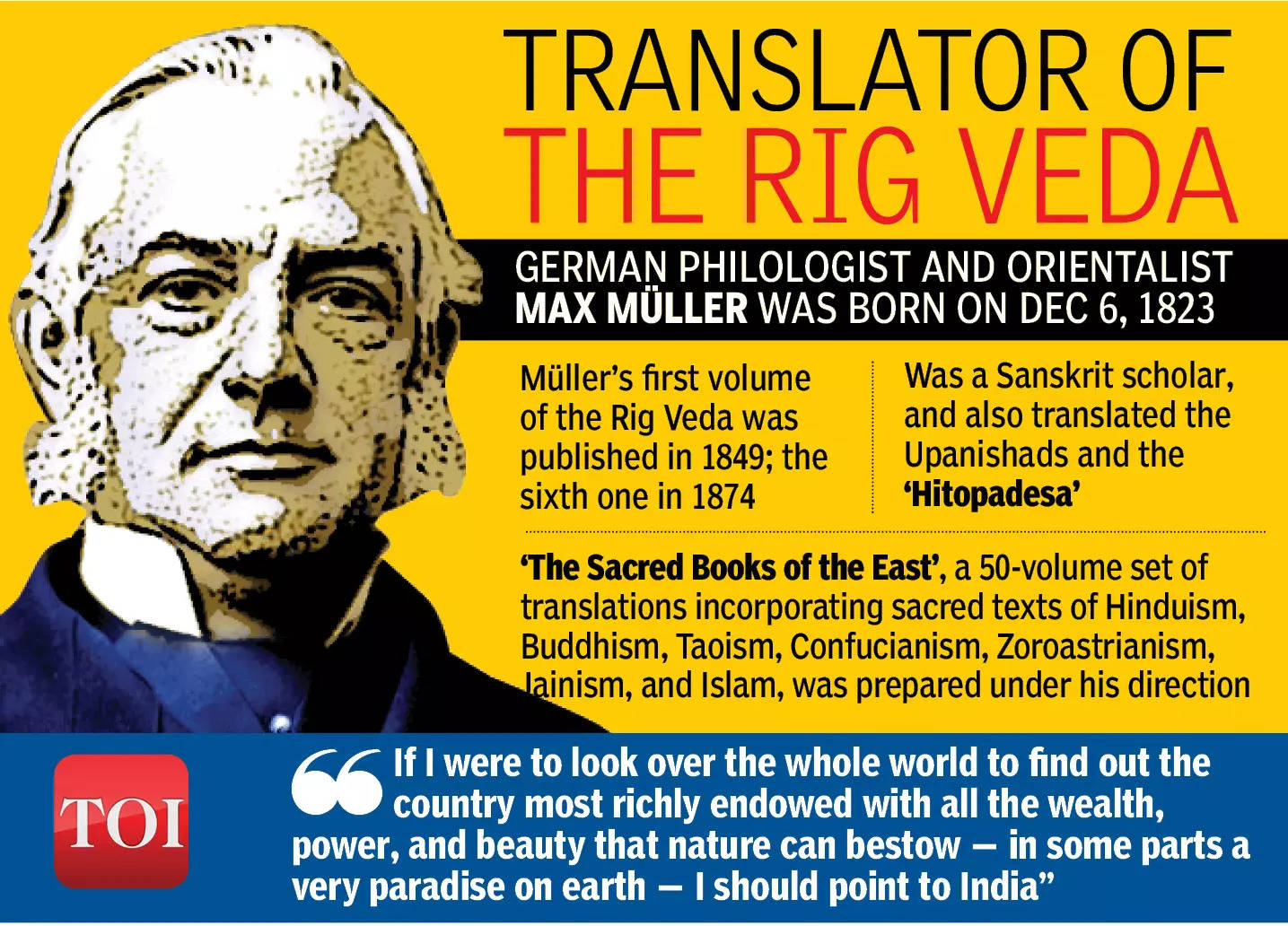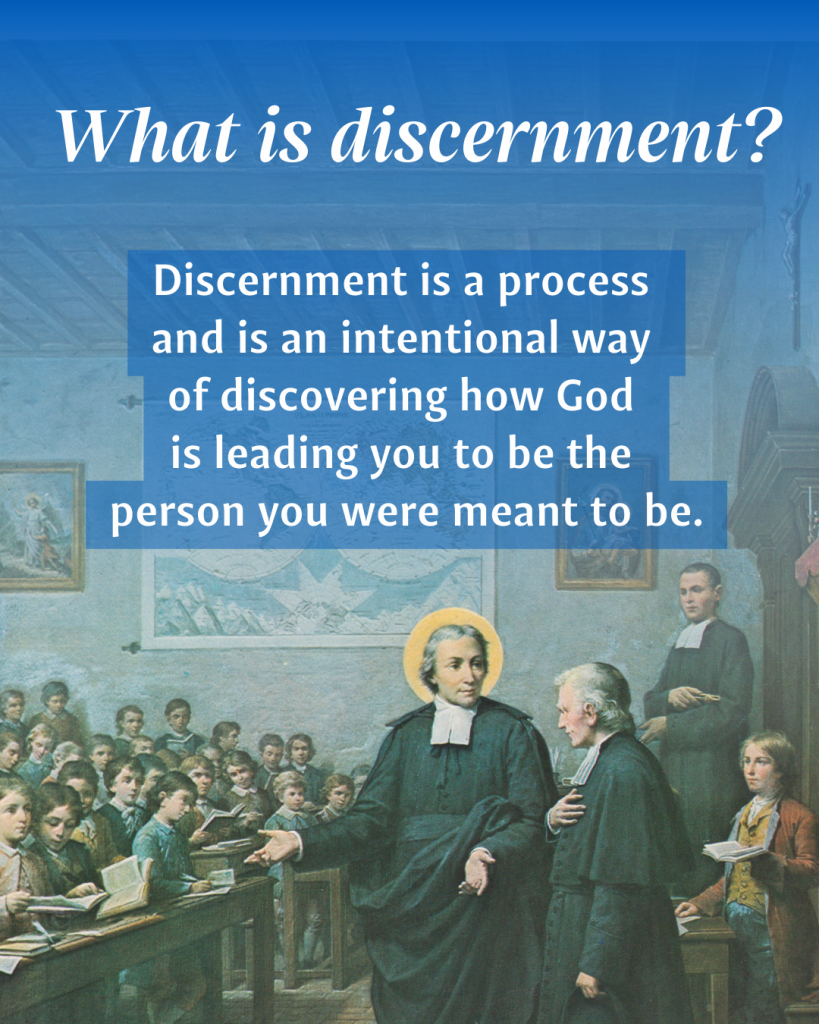- Get link
- X
- Other Apps
Introduction: A Word of Caution
I asked the new ChatGPT to rewrite my Think Free entry on the devas, adding anything important I overlooked. The results are impressive. If you check Wikipedia you'll see this is an incredibly complex topic. I did a Comparative Religion M.A. in India but am still dazzled and humbled by those scholars who bite the bullet and dive deep into the vast body of literature and texts on Asian philosophy.
ChatGPT, which now scans the web in real-time, fact-checked the following and claims it is accurate. One reservation I have is that the chatbot references websites (interspersed in red) that may or may not be fully correct.
Keeping this warning in mind, the following seems to provide a good overview of the idea of the deva, without going too deep or skimming too lightly.
Exploring the Concept of Devas Across Hinduism, Buddhism, and Beyond
The concept of devas—often translated as "heavenly beings" or "shining ones"—has intrigued spiritual seekers and scholars alike for millennia. Originating in ancient Hindu and Buddhist cosmologies, devas have since been reinterpreted in New Age spirituality and even psychological frameworks like those of C.G. Jung. In this article, we’ll delve into the roles of devas across traditions, their contrasts with asuras (or “antagonistic spirits”), and what these interpretations tell us about cosmic order, spiritual growth, and the human psyche.
1. Devas in Hinduism: Guardians of Cosmic Order
In Hinduism, devas are seen as celestial beings who uphold the structure and harmony of the cosmos. The term deva, meaning “shining one” or “god,” is found as early as the Vedic texts. These beings often embody natural and moral principles. For example:
- Vedic Origins: In the Rigveda, devas like Agni (fire) and Indra (rain and storms) represent forces of nature as well as metaphysical principles, linking them to both material and spiritual aspects of the universe.
- Cosmic Hierarchy: While devas are powerful, they exist under Brahman, the ultimate, formless reality in Hindu philosophy. Unlike Brahman, which is an impersonal, all-encompassing presence, devas are more personal deities with specific roles. Deities like Vishnu (preserver), Shiva (destroyer), and Saraswati (wisdom) serve as both divine beings and archetypes of fundamental forces
The devas are often contrasted with the asuras, a group of beings who embody darker, more disruptive aspects of the cosmos. This dynamic does not necessarily represent a clear-cut battle between good and evil; instead, it reflects a balance between order and chaos that is central to the Hindu worldview. By understanding the tension between devas and asuras, we gain insights into the complex moral universe of Hindu thought, where forces often complement each other to maintain cosmic equilibrium
2. Devas in Buddhism: Heavenly Beings Within Samsara
In Buddhism, devas also occupy higher realms of existence, though their roles differ significantly from the Hindu context:
- Nature and Limitations: While devas enjoy pleasure-filled lives far superior to those of humans, they are not immortal. Like all beings within samsara (the cycle of birth, death, and rebirth), devas are subject to impermanence and, ultimately, suffering. Their spiritual status is considered lower than that of humans, as the human realm is viewed as the ideal state for attaining enlightenment.
- Role in Buddhist Cosmology: Devas in Buddhist cosmology are seen more as spiritually advanced beings rather than gods, and they don’t receive worship in the way Hindu devas might. Their existence is marked by enjoyment, but their attachment to sensual pleasure and lack of full wisdom keeps them from reaching enlightenment
Buddhist texts, especially the Jataka tales, use devas to illustrate moral teachings. These stories emphasize that the material pleasures enjoyed by devas are fleeting and ultimately lead to rebirth if not balanced by spiritual insight. This view reinforces Buddhism’s emphasis on non-attachment, inner peace, and mindfulness.
-Portrait-Portr_14163_(cropped).tif/lossy-page1-1200px-ETH-BIB-Jung%2C_Carl_Gustav_(1875-1961)-Portrait-Portr_14163_(cropped).tif.jpg) |
| Carl Jung |
3. New Age Interpretations: Devas as Nature Spirits
In contemporary New Age spirituality, the term deva has evolved to describe the spiritual forces or "nature spirits" that exist within nature and animate the physical world. In this context:
- Nature and Guardianship: Devas are seen as the guardians of natural elements, such as plants, animals, and minerals. They are thought to embody the spiritual essence of these forms, acting as intermediaries between the physical and spiritual realms.
- Group Souls and Collective Energy: Some New Age practitioners interpret devas as "group souls" of species or ecosystems, a concept that connects humanity with a greater natural intelligence and emphasizes ecological harmony
This view diverges from the traditional Hindu and Buddhist understanding of devas but aligns with a broader animistic view, where all of nature is infused with spirit. The New Age adaptation of devas resonates with Earth-centered spirituality, which emphasizes living in harmony with nature and honoring the spiritual energy that exists within all things.
4. Devas in Psychology: Jungian Archetypes and Catholic Discernment
The concept of devas has also entered the realm of psychology, where thinkers like Carl Jung have interpreted similar archetypes as manifestations of the human psyche:
- Jungian Perspective: Jungian psychology regards archetypal figures like devas as representations of the collective unconscious—primordial images or symbols that express fundamental aspects of human experience. In Jung’s view, these figures can provide insight but also pose risks. If someone identifies too closely with an archetype (e.g., seeing themselves as embodying a god-like figure), this can lead to “ego inflation,” or an over-identification with the archetype, resulting in a distorted sense of self
- Catholic Mysticism: In Catholic thought, particularly within the realm of mysticism, the claim to unite with or embody a higher spiritual being, like a deva, is often viewed with caution. Catholic mystics emphasize humility and discernment, warning that identifying oneself as divine or enlightened may be a form of spiritual pride, potentially influenced by negative or deceptive forces.
The contrast between Jungian psychology and Catholic mysticism highlights two differing approaches to spiritual identity: one that embraces holism in the here and now by exploring the archetypes and another that emphasizes discernment, humility, and the life everlasting.
Conclusion: The Enduring Legacy of Devas
From ancient Vedic hymns to contemporary New Age movements, devas have continually adapted to meet the spiritual and psychological needs of different cultures. In Hinduism and Buddhism, they represent celestial order and moral teachings. In New Age spirituality, they emphasize our interconnectedness with nature. And in psychology, they reflect the power of archetypal forces within the human mind.
The concept of devas invites us to explore these beings as symbols of both external forces and internal realities. In doing so, we not only gain insight into ancient traditions but also discover new ways to understand ourselves and our place in the universe.
 |
| Saint Teresa of Avila |




Comments